Last updated on June 12th, 2024 at 05:12 pm
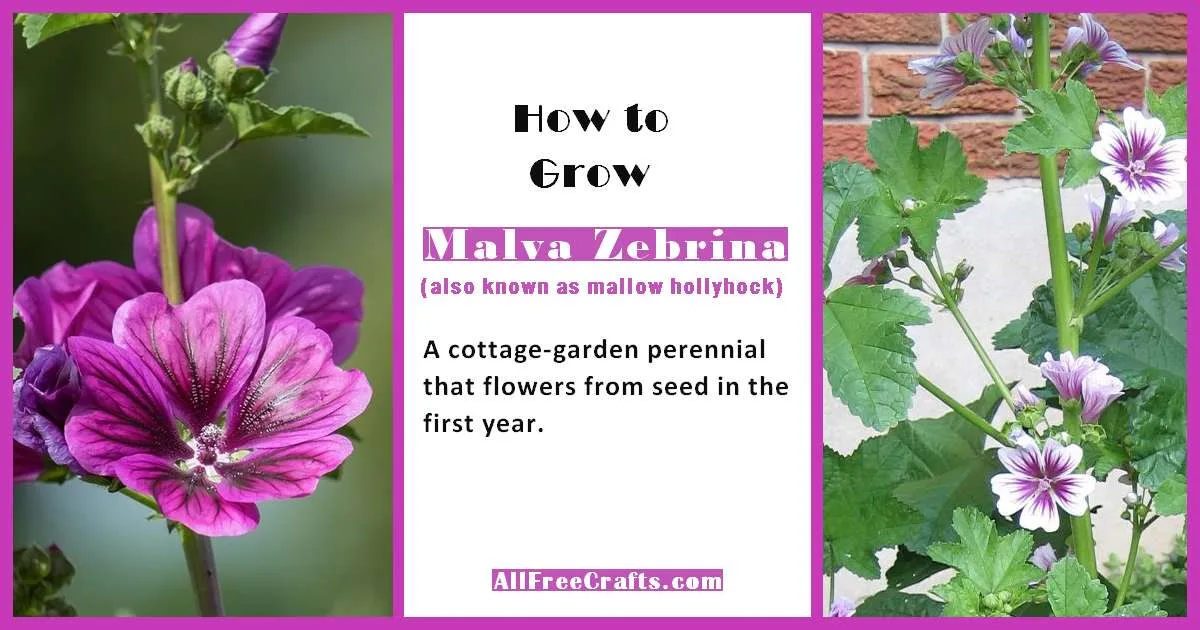
TABLE OF CONTENTS:
I first grew this showy perennial by following seed packet directions and sowing the seed straight into the garden in late spring. Malva Zebrina, also known as mallow hollyhock, is one of those special perennials that flowers in the first year.
When the flowers began appearing in mid-July, I was struck not only by their beauty, but by the sheer abundance of blossom, which kept coming and coming, right through several snowy days in November.
Being remarkably frost hardy, Malva Zebrina is great for cooler climates, such as my area of southern Ontario, due to its long flowering season.

With its vigorous growth habit and attractive flowers, Malva Zebrina has also been a favorite in cottage gardens and perennial beds for centuries. Consider adding it to the back of a perennial border, or allowing this generous self-seeder a bed of its own, and you’ll likely be rewarded with a striking, colorful show of flowers that just keeps on giving for weeks on end.
Common Names:
Malva syvestris ‘Zebrina’ is also known as a blue mallow, cheese-cake, common mallow, high mallow, mallow hollyhock, pick-cheese or tall mallow.
Seed Propagation:
The Burpee seed packet that my seeds came in says to sow outdoors in a cold frame or protected seedbed in early summer. My seedbed was close to the house and beside the deck, so it had some protection from the wind and pelting rain. As instructed, I sowed the seeds thinly, kept the seedbed moist, then transplanted the seedlings (which emerged about two weeks later) when they got about three or four inches high.
You can also start the seeds indoors in spring for earlier blooms or direct sow seeds outdoors in the fall.
I wanted the seedlings about a foot apart, but the spacing ended up a bit less here and there. Now, I wish that I had kept them at least a foot or more apart, as I had no idea how large, or how numerous, the leaves would be.
The photo, at right, shows two of my seedlings, vying for space, in late July. The front plant is getting close to four feet high, but the one beside it, being a little too close, is more shaded and cramped and not nearly as high. It caught up eventually though, I’m glad to report!
Seed Pods:
Seeds form as a small nutlets that resemble tiny cheese wheels, giving rise to alternate names such as pick-cheese or cheese cake. Leave the seed pods on the plant until they dry, then break open to harvest seeds. It’s worth noting that Malva Zebrina self-seeds easily and can be invasive if you don’t pick out unwanted seedlings as they appear.
Transplanting:
If you’re going to move your seedlings, do it before they get higher than six inches, if not before. I tried moving one that was nearly two feet high, so my mother could enjoy it in her garden; we did it, but only just. These plants have a long, strong, deep taproot, which once established becomes increasingly difficult to dig out successfully. Think of a dandelion root on steroids!
Growth Habit and Flower Colors:
My single packet of seeds produced two main flower colors; a white petaled blossom with a beautiful central star burst in magenta shades, and a lavender flower also with a dramatic dark magenta center.
The flowers grew in clusters, each with a single blossom opening first, quickly followed by many more.
All my plants had an upright, branching growth habit, with multi-lobed, medium-dark green leaves varying from small to quite large at the base.
Cultivation:
Malva zebrina thrives in most soils, in sun to part-shade, and tolerates both summer heat and considerable cold. It’s one tough perennial, although wet conditions may promote fungal growth on the leaves.
Uses:
Grow zebra mallow for height (usually 3 to 4 feet, although it may sometimes exceed this); texture; border color or cut flowers. It also attracts bees and other pollinaters and makes a valuable contribution to the hummingbird or butterfly garden.
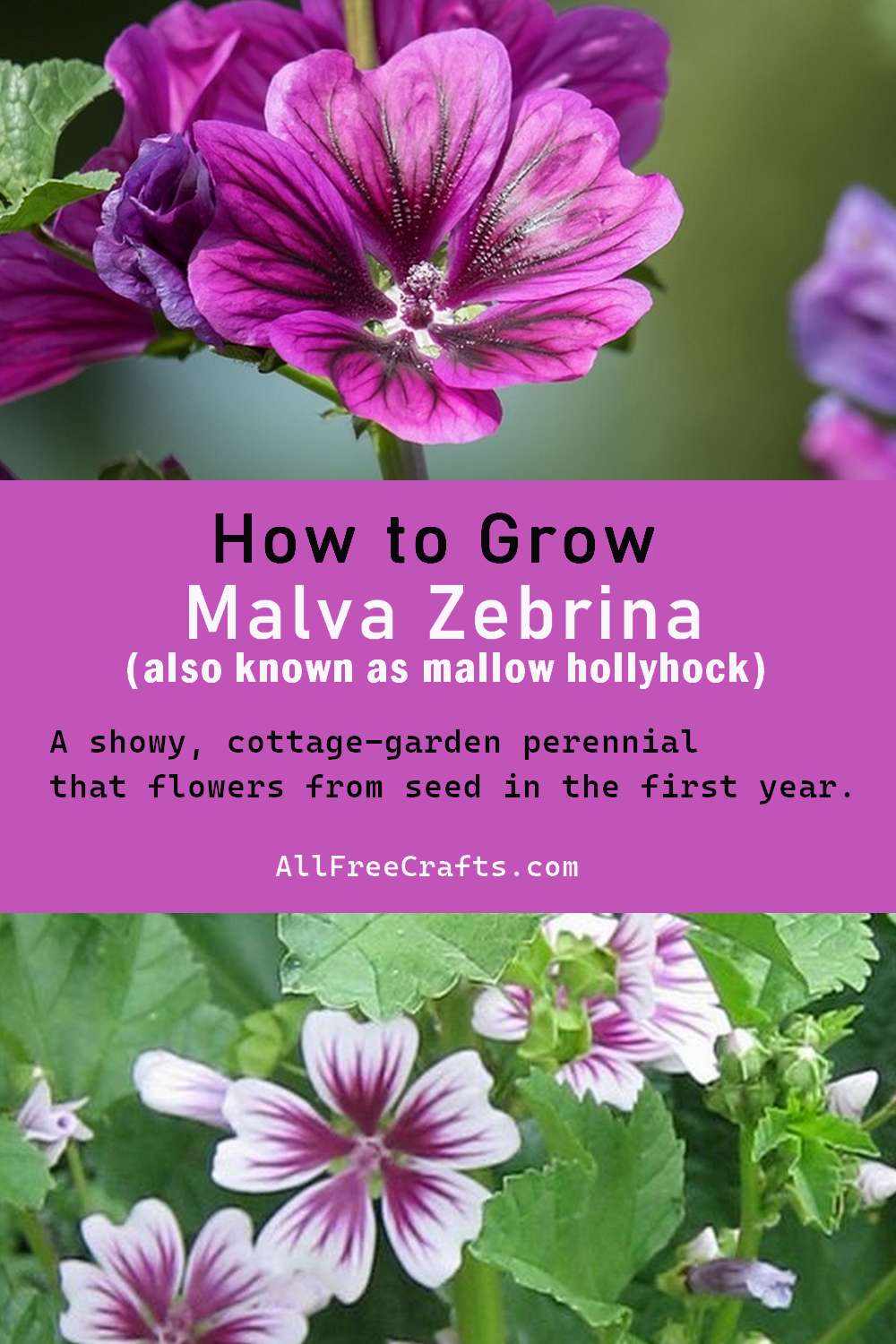
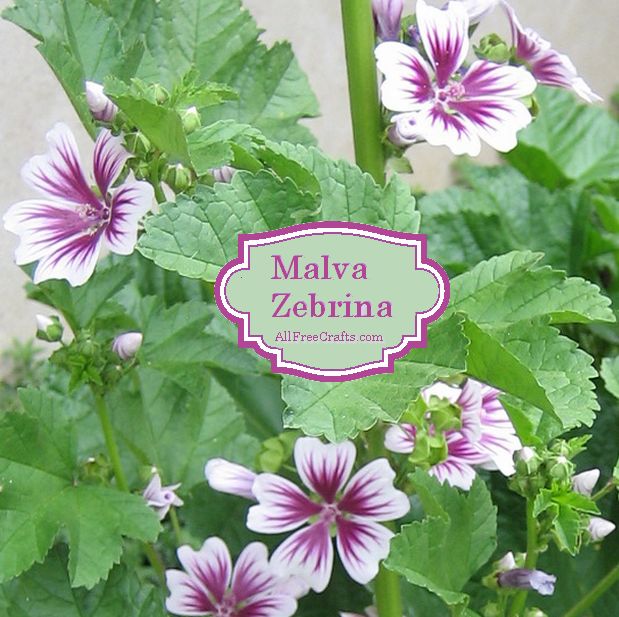
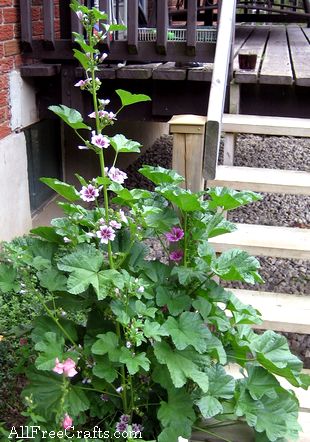
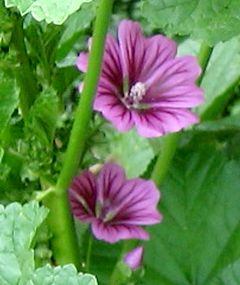
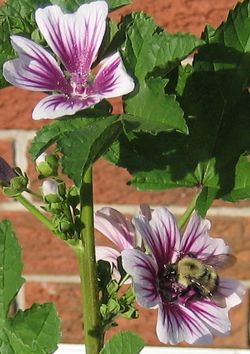

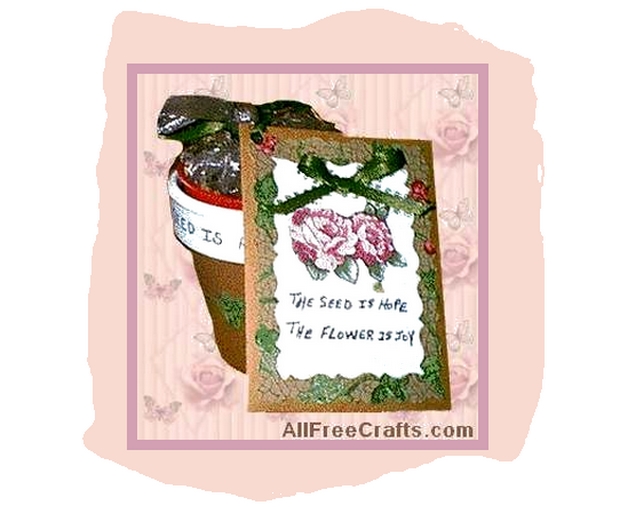


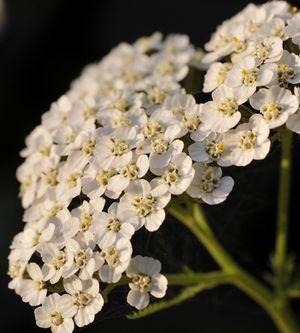
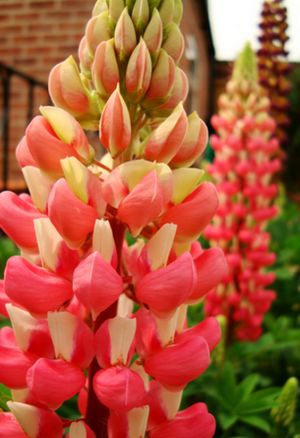
I bought these in May and all the flowers have died and I just have the green pods. What do I do with the plant now? Will it bloom more this summer? Please help
I thought that I’d replied, but I see that I missed you. So sorry, Crystal!
I’m now hoping that your Malva Zebrina recovered and is flowering for you again.
I had to move some of these in mid-summer to lay paving stones. Well! I thought that I dug them all but a new plant began growing out from under the pavers and proceeded to thrive and re-flower. I hope you had a similar experience after the first blooms died like that.These are really vibrant and pretty from the first year on.